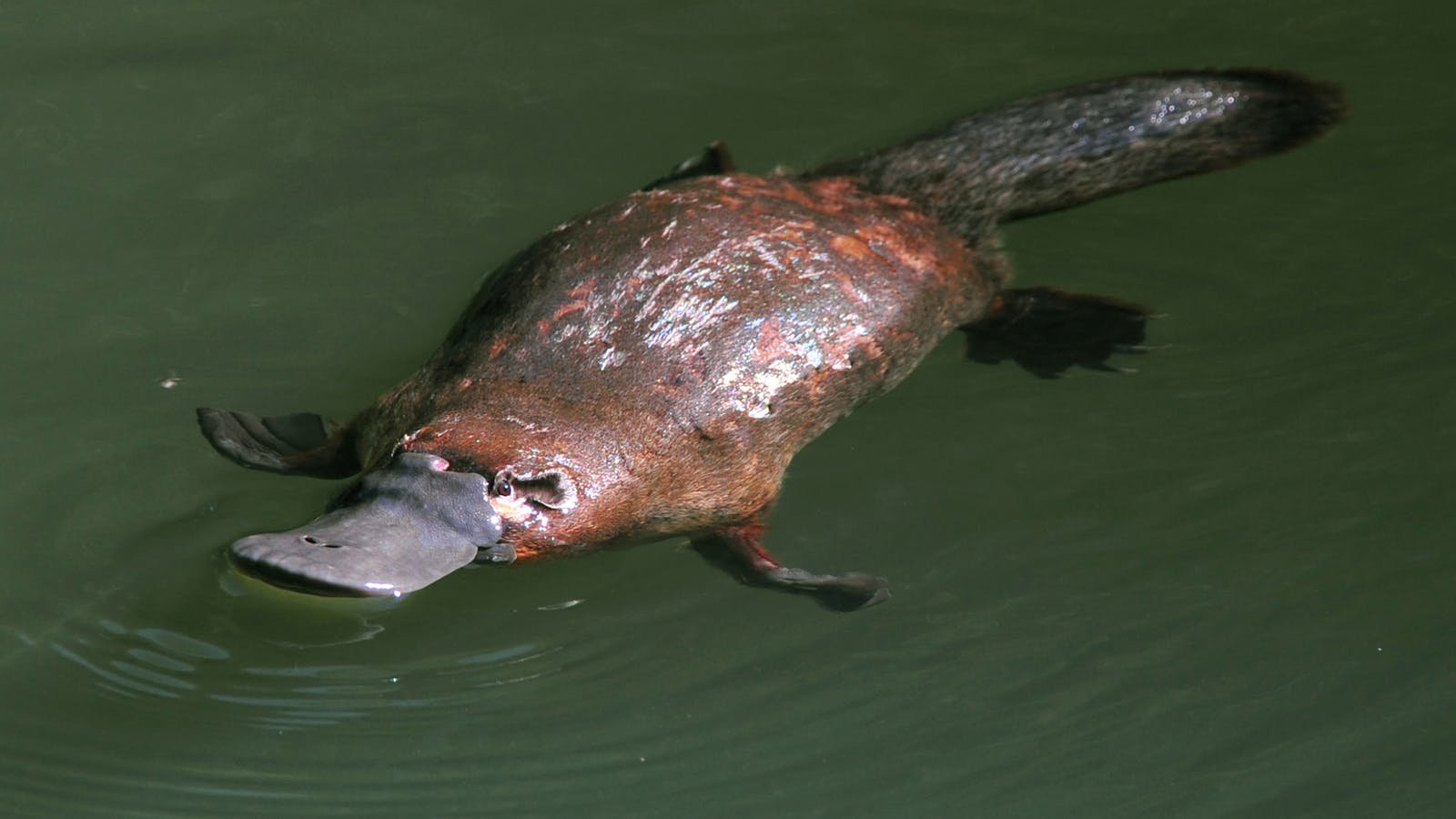By Theresa Machener/Smithsonianmag.com
With webbed feet, beaver-like tails, duckbills, water-resistant coats and venom-secreting spurs on their hind legs, platypuses might be Australia’s most mysterious and charismatic monotreme or primitive egg-laying mammals. But like so much of Australia’s unique wildlife, these semiaquatic creatures face a mix of threats.
A new study suggests that by 2070, platypus abundance could fall by 47 to 66 percent. In 40 percent of its current range, the platypus could disappear entirely.
The study, published in Biological Conservation, looks at current platypus population data and predicts how it will look 50 years from now, taking into account growing environmental threats. Platypuses are currently classified as near-threatened on the IUCN’s Red List.
But given these trends, the researchers say that reclassifying them as “vulnerable” and investing more in conservation efforts is vital to platypuses’ long-term survival.
The biggest hurdle that stands in the way of helping these critters is getting an accurate count of how many—or how few—are still in the wild, as study author Tahneal Hawke, a researcher with the Platypus Conservation Initiative, tells National Geographic’s, Christie Wilcox.
“We have a huge area across the range of the platypus where we literally don’t know if they’re even there or in what numbers if they are,” Hawke says.
Read Full Story on SmithsonianMag.com

Carol graduated from Riverside White Cross School of Nursing in Columbus, Ohio and received her diploma as a registered nurse. She attended Bowling Green State University where she received a Bachelor of Arts Degree in History and Literature. She attended the University of Toledo, College of Nursing, and received a Master’s of Nursing Science Degree as an Educator.
She has traveled extensively, is a photographer, and writes on medical issues. Carol has three children RJ, Katherine, and Stephen – one daughter-in-law; Katie – two granddaughters; Isabella Marianna and Zoe Olivia – and one grandson, Alexander Paul. She also shares her life with her husband Gordon Duff, many cats, and two rescues.
ATTENTION READERS
We See The World From All Sides and Want YOU To Be Fully InformedIn fact, intentional disinformation is a disgraceful scourge in media today. So to assuage any possible errant incorrect information posted herein, we strongly encourage you to seek corroboration from other non-VT sources before forming an educated opinion.
About VT - Policies & Disclosures - Comment Policy




